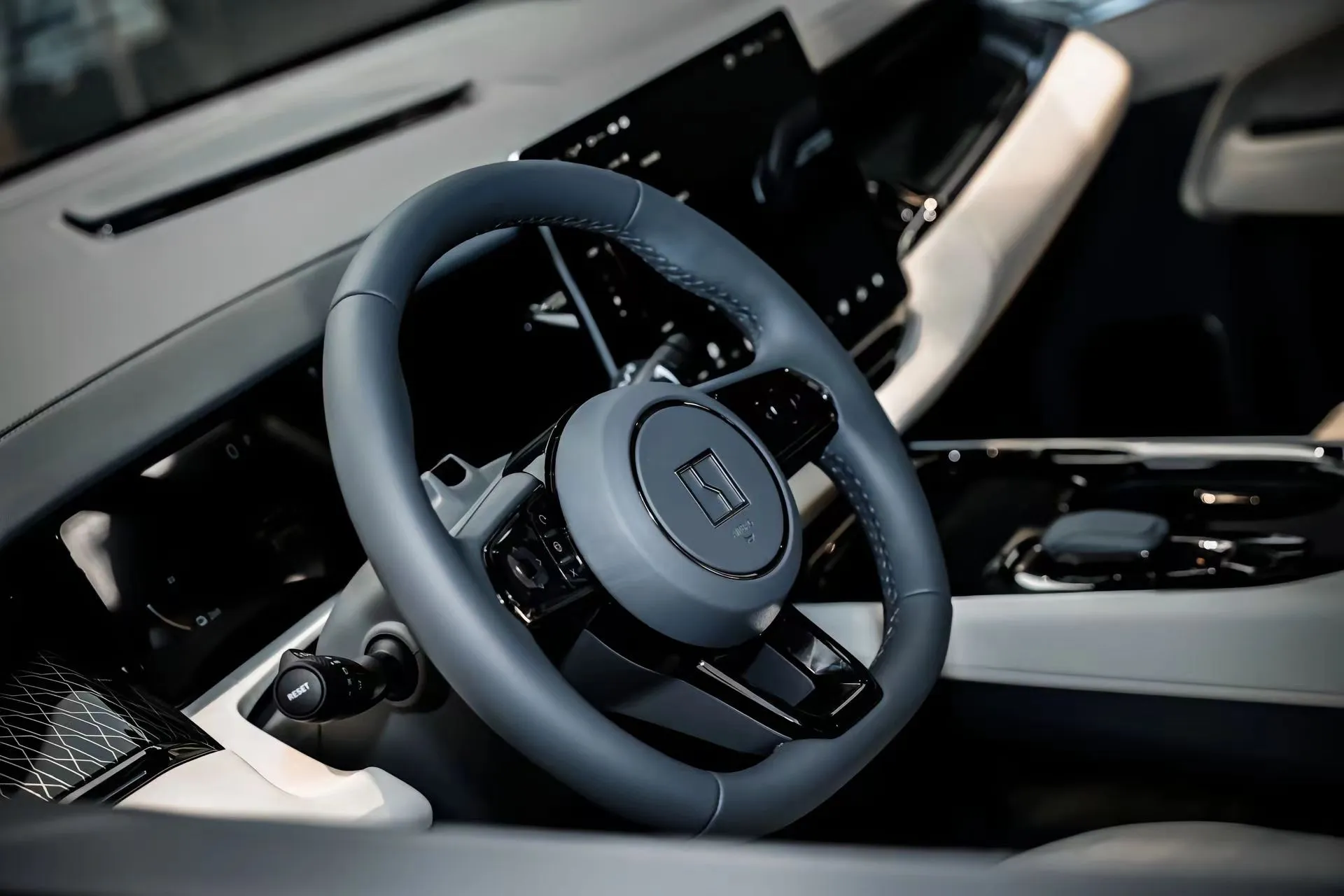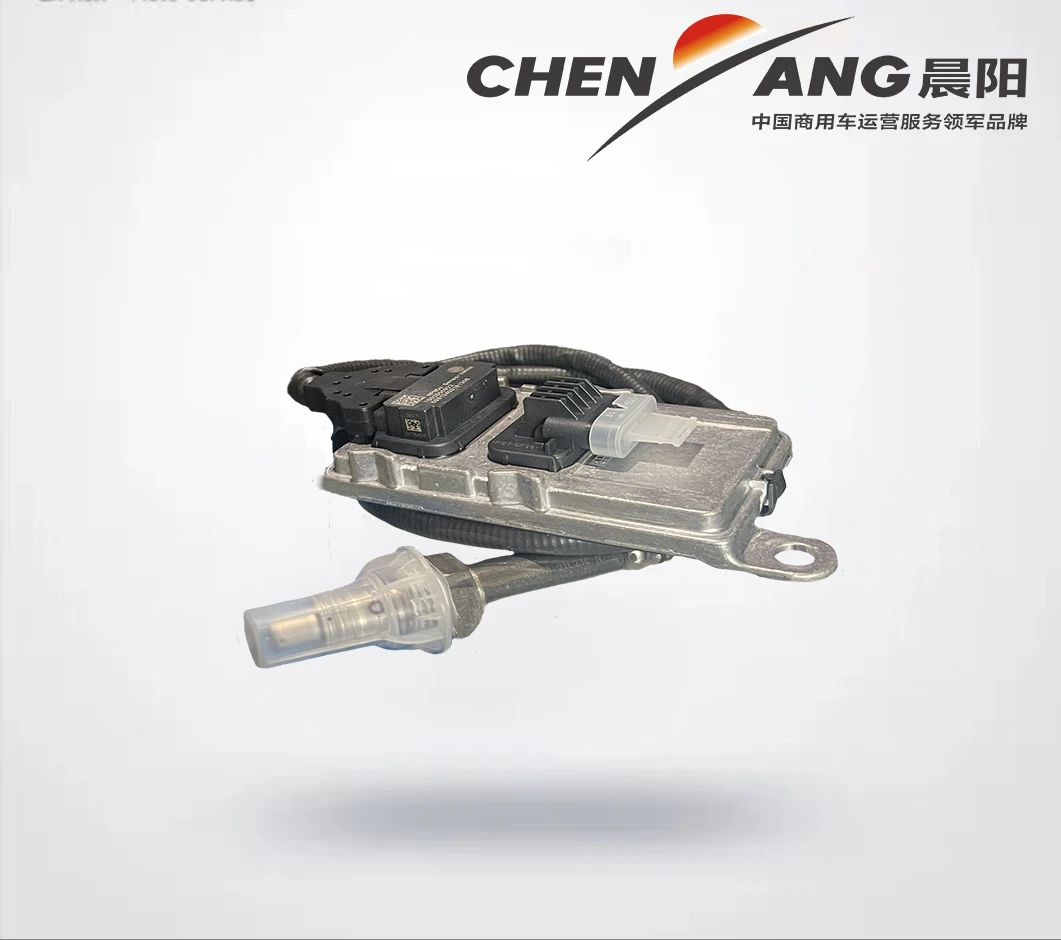...
2025-08-16 08:24
709
...
2025-08-16 08:18
1089
...
2025-08-16 07:30
2189
...
2025-08-16 07:29
967
...
2025-08-16 07:28
1218
...
2025-08-16 07:21
1667
...
2025-08-16 07:13
294
...
2025-08-16 06:39
1302
...
2025-08-16 06:11
1147
...
2025-08-16 06:06
2646


